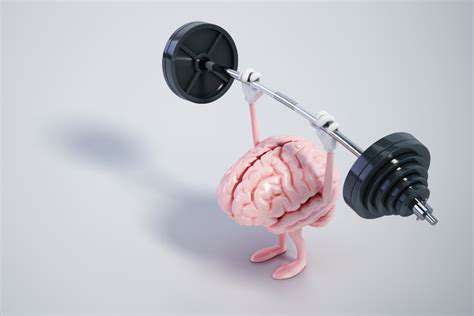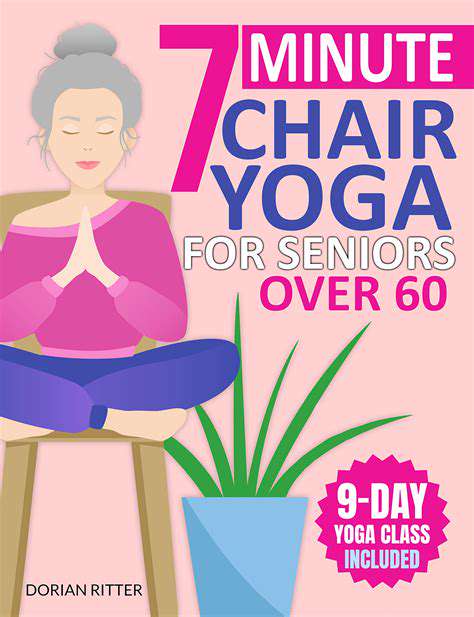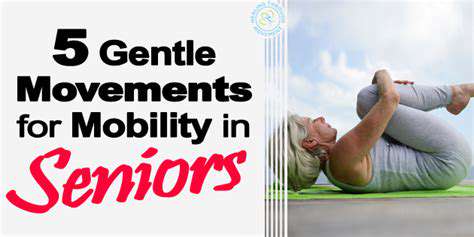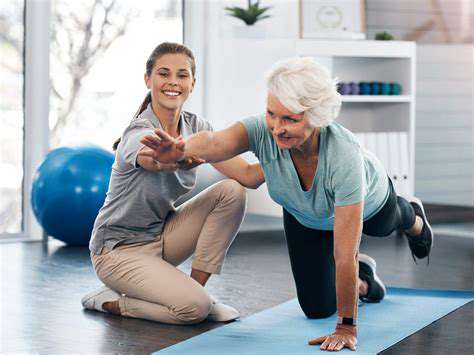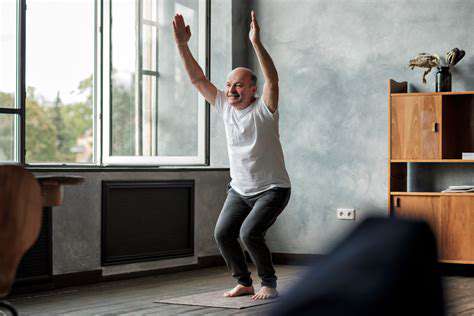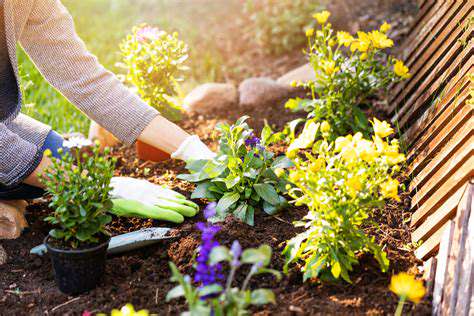The Mental and Physical Benefits of Gardening for Seniors
The Grounding Effect
Gardening offers a profound sense of grounding, literally and figuratively. The physical act of working with the earth, whether it's tilling the soil, planting seeds, or weeding, connects us to the natural world in a way that's increasingly rare in our modern, often fast-paced lives. This connection fosters a sense of calm and stability, helping to reduce stress and anxiety. The repetitive motions, the feel of the soil between your fingers, and the rhythmic nature of the tasks can be deeply meditative, promoting a sense of presence and mindfulness. This connection to the earth can also be incredibly therapeutic, offering a sense of purpose and accomplishment.
The very act of getting your hands dirty and engaging with the natural world can be profoundly restorative. It's a chance to disconnect from the digital world and reconnect with the tangible reality around us. This grounded experience can be especially beneficial for those struggling with feelings of isolation or detachment.
Muscle-Building and Strength Training
Gardening is surprisingly effective as a form of low-impact exercise. Digging, planting, and weeding all engage various muscle groups, building strength and endurance. Lifting heavy bags of soil, transporting tools, and maneuvering through rows of plants all require physical exertion. This activity can contribute to improved cardiovascular health, as well as strengthening muscles in your arms, legs, back, and core. The repetitive movements and varying degrees of exertion mimic a light weight training routine in a natural setting.
The physical demands of gardening can be tailored to individual fitness levels. Whether you're digging a small flower bed or maintaining a large vegetable garden, you'll be engaging your muscles in a way that benefits your physical well-being. The variety of tasks involved also helps prevent boredom and plateaus, ensuring ongoing improvements in strength and endurance.
Improved Flexibility and Joint Health
The movements involved in gardening, such as bending, reaching, and twisting, are excellent for improving flexibility and range of motion. These activities work to improve joint mobility and reduce stiffness. Regular engagement in these movements can help maintain healthy joints, thus reducing the risk of developing joint pain or stiffness later in life. The physical exertion involved in gardening, while not intense, also helps to improve circulation, further supporting joint health.
By incorporating gardening into your routine, you're effectively incorporating a low-impact exercise program that's beneficial for your physical well-being, especially for maintaining or improving flexibility. The varied movements involved in tasks like pruning, planting, and harvesting contribute to overall joint health and help to prevent stiffness.
Boosting Vitamin D and Overall Well-being
Spending time outdoors in a garden provides an excellent opportunity to soak up the sun's rays, which is crucial for vitamin D production. Vitamin D is essential for maintaining strong bones, supporting the immune system, and regulating mood. The exposure to sunlight in a garden setting, combined with the physical activity, can contribute to an overall sense of well-being. The fresh air and the beauty of nature offer a restorative experience that can positively affect your mental health.
The combination of physical activity, fresh air, and natural sunlight in a garden setting promotes a holistic sense of well-being. Not only does it contribute to vitamin D levels, but it also provides a chance to enjoy the beauty of nature, which can be deeply relaxing and rejuvenating. This combination of elements can significantly improve your overall mood and sense of happiness.
Mental Wellness: Nurturing the Mind
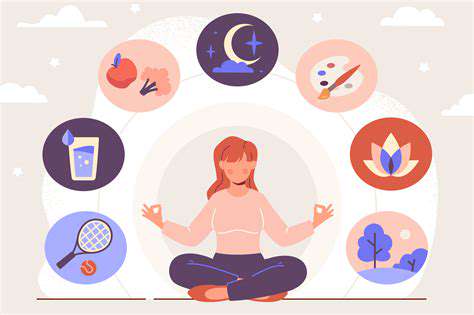
Understanding Mental Wellness
Mental wellness encompasses a broad spectrum of emotional, psychological, and social well-being. It's not merely the absence of mental illness, but rather a state of flourishing where individuals can effectively manage stress, adapt to challenges, and build meaningful connections. This includes cultivating positive emotions, such as joy, gratitude, and hope, and maintaining a strong sense of purpose and fulfillment in life. Recognizing the importance of mental wellness is crucial for overall health and happiness.
Taking care of your mental health is as important as taking care of your physical health. Neglecting mental wellness can lead to a cascade of negative consequences, including decreased productivity, strained relationships, and even physical health problems. Prioritizing self-care, engaging in activities that bring joy, and seeking support when needed are all vital components of nurturing mental well-being.
Strategies for Promoting Mental Wellness
Cultivating mental wellness is an ongoing journey, not a destination. It requires consistent effort and a willingness to explore various strategies. One key aspect involves developing healthy coping mechanisms for stress. This might include activities like mindfulness meditation, deep breathing exercises, or engaging in hobbies that provide relaxation and enjoyment. Regular physical activity is also a crucial component, as it directly impacts mood and mental clarity. Establishing a balanced routine, including adequate sleep, healthy eating, and social connections, is essential for overall well-being.
Seeking support from others is also vital. Talking to trusted friends, family members, or mental health professionals can provide valuable perspectives and practical guidance. Building a strong support system is a cornerstone of resilience and allows individuals to navigate life's challenges with greater ease. Open communication and vulnerability are key elements in fostering these connections.
Identifying Signs of Mental Distress
Recognizing the signs of mental distress is essential for early intervention and effective support. Changes in mood, such as persistent sadness, irritability, or anxiety, can be early indicators. Significant changes in sleep patterns, appetite, or energy levels can also signal underlying issues. Withdrawal from social activities, difficulty concentrating, or feelings of hopelessness are important signs that warrant attention. If you or someone you know is experiencing these symptoms, reaching out for professional help is a courageous and vital step.
It's important to remember that experiencing occasional periods of sadness or stress is normal. However, persistent or severe symptoms warrant attention and professional guidance. Understanding the signs of distress allows for early intervention and potentially prevents the escalation of mental health challenges.
Maintaining a Healthy Lifestyle for Mental Wellness
Maintaining a healthy lifestyle plays a significant role in supporting mental wellness. A balanced diet rich in fruits, vegetables, and whole grains provides the necessary nutrients for optimal brain function. Sufficient sleep is crucial for emotional regulation and cognitive restoration. Making time for regular physical activity, whether it's a brisk walk, a yoga class, or a game of basketball, is a powerful way to boost mood and reduce stress. These lifestyle choices contribute to a greater sense of well-being and resilience.
Mindfulness practices, like meditation and deep breathing exercises, can help cultivate a sense of calm and reduce feelings of anxiety. Engaging in activities that bring joy and fulfillment, such as pursuing hobbies, spending time in nature, or connecting with loved ones, significantly contribute to a positive mental outlook. Prioritizing these activities can greatly enhance overall mental well-being.
